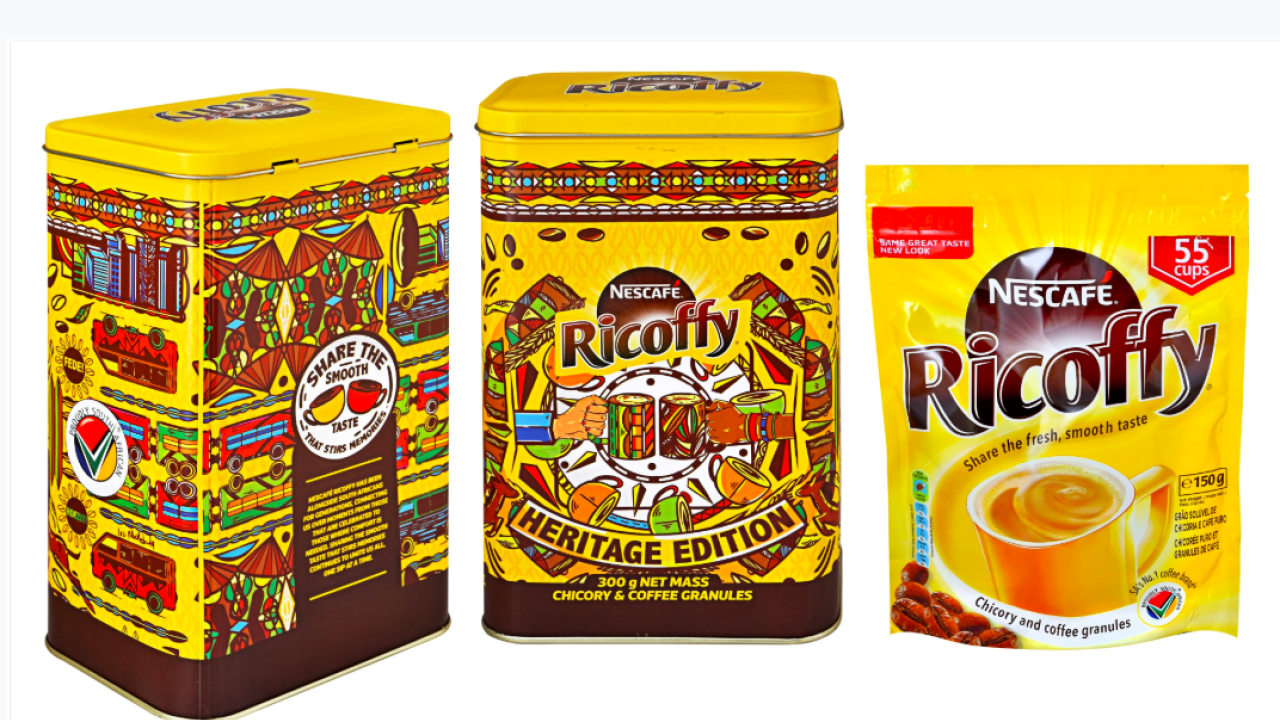Regional round-up: Africa

It’s clear that the stubborn relics of Africa’s post-colonial struggles are finally crumbling – in ways that clichéd narratives and labels such as ‘Africa Rising’ or ‘emerging markets’ could never quite capture. Unlike the past, where foreign intervention was common, Africa is now liberating itself – the African way.
One example is Kenya’s ground-breaking presidential election, which saw Raila Odinga, the main opposition leader, successfully challenging the fairness of the election process. Then there was the end of Robert Mugabe’s disastrous 37-year reign in Zimbabwe, and Angola’s transition from the entrenched Dos Santos family.
One result of these tumultuous times is that many Africans no longer want products and services that perpetuated the spirit of their colonial forefathers. Instead, they’re aspiring to a new African standard that sets superior benchmarks and positively brands Africa on the global stage. At the same time, jaded consumers in the West are now looking towards previously ignored markets, such as Africa, for quirky innovations, fresh inspiration and novel inventions.
Says Bompas & Parr’s Imminent Future of Food (December 2017): ‘Africa is the next logical flashpoint for inspiration. It’s arguably the main remaining world food culture left to be adopted, adapted and commercialized.’
So whether launching products for the domestic market or making waves in the international arena, African magic will fight against global mundanity, competing with and beating established Western incumbents at their own game.
Also set to offer exciting opportunities for Africa is the impact of Industry 4.0. This next phase in the digitalization of the manufacturing sector will be wide and profound. It offers opportunities for African manufacturers – particularly small and medium enterprises – to create new business models and integrate into global value chains. However, benefiting from Industry 4.0 means overcoming a myriad obstacles. Given Africa’s particular context, policymakers must ask the right questions to ensure the continent can capitalize on the revolution.
Earlier this year, the Brookings Africa Growth Initiative and UNIDO (United Nations Industrial Development Organization) explored strategies to anticipate and circumvent the challenges generated by Industry 4.0 and ways in which Africa can benefit.
The meeting particularly emphasized that policies for capitalizing on Industry 4.0 must be able to reconcile the tension between Africa’s current low state of industrial development and poor infrastructure with the high requirements of a digitalized economy.
Packaging trends in South Africa
Politics and industrial revolutions aside, according to Euromonitor’s latest research, South Africa’s challenging economic conditions are a key determinant in the development of packaging trends, as manufacturers seek to keep costs down and consumers pay closer attention to the management of household budgets.
While keeping prices down remains a key factor in packaging in South Africa’s food industry, changing consumer attitudes and lifestyles are exerting a growing influence on packaging developments. Most prominent among these are the demand for more convenient packaging options compatible with the increased pace and on-the-go character of modern urban lifestyles and the growing popularity of packaging that appeals to rising health-consciousness.
The non-alcoholic drinks market is seeing a notable trend towards smaller packaging driven by economic factors, including a decline in consumer purchasing power and the introduction of the sugar tax. Even before the tax came into effect, it was already exerting a significant influence on packaging development, as soft drinks manufacturers shifted to smaller packs in anticipation.
Overall, the drinks market is also seeing packaging trends that reflect a demand for value-for-money among budget-conscious consumers – for instance, larger pack sizes, such as one-liter returnable glass beer bottles, 500ml metal beer cans, and one-liter liquid cartons for juice.
Beauty and personal care manufacturers are also finding different answers to the impact of challenging economic conditions and declining purchasing power. In some categories, particularly essential or everyday items, bulk packaging is becoming popular as consumers look for ways to maximize their spending.
As in other categories, difficult economic conditions are exerting an influence on the development of packaging in home care, leading to demand for both less expensive, smaller pack sizes and more economical bulk packaging, such as refill packs, particularly stand-up pouches, 5kg packs of laundry powder and larger sizes of bleach bottles. Above all, the economic climate is favoring the development of ‘no frills’ packaging that demonstrates valuefor-money, now prominently employed by private label products offered by major retailers.
Stay up to date
Subscribe to the free Label News newsletter and receive the latest content every week. We'll never share your email address.


